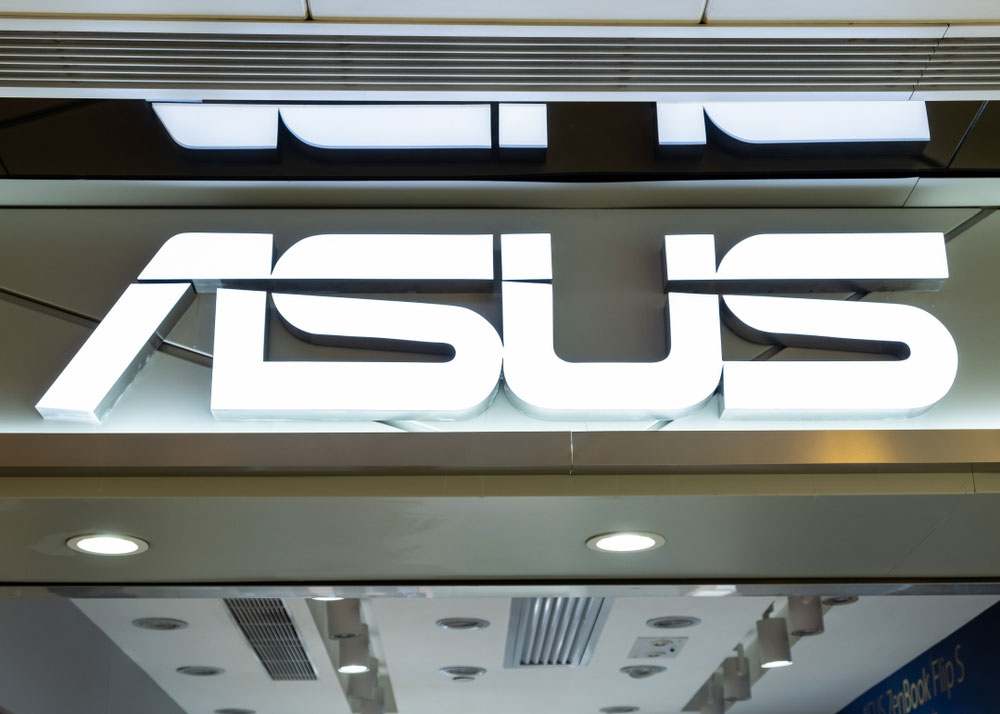I'm guessing The_E(TM)-not-hackable-routerd-on-earth

We have to face the ugly truth here: Lots of hacks/hit-and-misses are facing the most favorable platform - Windows was, by far, the breeding bench of virii across the world. Why? Because lots of people use(d) it, and it lacked some serious security stuff. Did that mean that you were safe on linux OS? Not at all, but why would anyone focus on such a niche platform, as it was already (too) difficult to ssh into such a rudiculous (no pun intended) text only terminal

But today the landscape did change (sometimes for the good): linuxOS is, sometimes really hidden for the human eye, almost everywhere! In your IOT devices (fridge, microwave, .. ), your printer, your car, your domotica system and ... IPcams. And as these things (often) never get a decent firmware upgrade, they lack any spine strength against common vulnerabilities. What can you do about it? Buying a new fridge every 2 years is not that economically intelligent, however you might drop your fridge in a separate network (vlan), so it cannot speak with others, nor others can speak with it, except with your wanted functionalities.
That ASUS is being blamed so much, is just like "Windows-being-blamed" back in the days. The good news with Asus: you could stick to the regular ASUS firmwares, or you might opt for the RMerlin branch (free!) which gets the CVE updates on the kernel much faster than ASUS itself. Except if you would work on your dlink/netgear/personal flavor/... with an openDD or others, you still have to do the upgrades/patching yourself.
If you would drive around with a tank with the windows open, you're still vulnerable, right?
On-topic:
- download the VPN client profile from the ASUS router to your pc
- edit the file with notepad/wordpad
- look for "server a.b.c.d 1194"
- change that to "server smellybummy.asuscomm.net 1194"
Upload file to your cellphone and off you go!
My (advanced) recommendations:
- change to an unknown port helps "hiding" your VPN service (eg 443 might be a good option, especially if your work network blocks outbound 1194)
- enable the VPN service in seamless mode (so it blocks all internet access if the VPN tunnel goes down). This ensures all your traffic (including mail/skype/...) are passed through the tunnel
- you can tweak around with the encryption settings (higher/lower) and protocol (UDP/TCP) if your 4G connection is not sufficiant to draw the video footages
Good luck!
CC





